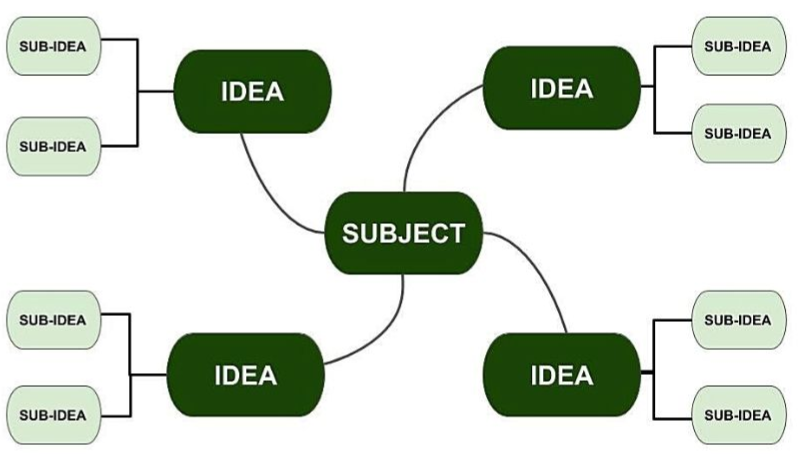Page contents
ToggleThe role of critical thinking in the research process
There critical thinking is not just a theoretical concept, but a practical tool that permeates every step of the process of research. It ensures that every phase, from the formulation of ideas to the dissemination of the results, is conducted with rigor, objectivity, and a clear sense of purpose. This chapter examines how critical thinking shapes and improves research activities, offering a roadmap for embedding this skill throughout the research lifecycle.

Application in literature review
A literature review Critical thinking is the cornerstone of sound research, and critical thinking is essential for evaluating existing studies. Researchers must analyze the credibility, reliability, and relevance of previous work, identifying methodological strengths and weaknesses. Critical thinking allows for the synthesis of diverse perspectives, helping to identify gaps that the proposed research can fill. This process also involves questioning biases, inconsistencies, or contradictions within the existing body of knowledge. For this, the use of mind mapping is advantageous.

Role in idea generation
The research process begins with identifying gaps in existing knowledge and formulating questions or research hypotheses. Critical thinking plays a vital role at this stage by enabling researchers to:
- Evaluate the relevance and importance of potential research topics.
- Question existing theoretical assumptions and paradigms.
- Develop clear, specific and testable research objectives.
Through critical inquiry, researchers can ensure that their studies address meaningful issues and contribute to their field. In this case, the previous mind map can be of great help.
Role in research design
Research design is a crucial step where methodologies and frameworks are selected to achieve the research objectives. Critical thinking ensures that:
- THE methods chosen are aligned with the research questions.
- Potential ethical and practical challenges are anticipated and mitigated.
- Variables are precisely defined and controls are implemented appropriately.
By carefully examining the research design, critical thinking helps minimize errors, increase reliability, and ensure that the study is methodologically sound. Mind mapping helps ensure that your design competes with existing work.
Data collection with a critical eye
During data collection, critical thinking helps maintain accuracy and objectivity. Researchers should ensure that:
- Sampling techniques are free from bias and adequately represent the population.
- The data collection instruments are reliable and valid.
- Procedures are followed consistently to avoid errors or inconsistencies.
Critical thinking encourages vigilance in adherence to methodological standards and pushes researchers to identify and resolve unforeseen challenges at this stage.
Data analysis and interpretation
Critical thinking is essential for analyzing and interpreting data. It involves assessing the robustness of statistical or qualitative methods, recognizing trends and anomalies, and distinguishing correlation from causation. Researchers must also critically evaluate whether their results support hypotheses or reveal unexpected insights. In addition, they must identify and acknowledge the limitations of their data, offering a balanced and honest interpretation.
Presentation and dissemination of results
The final phase of the research process involves presenting the findings to a wider audience. Critical thinking ensures that the findings are communicated transparently and effectively. Researchers must construct logical arguments supported by evidence, avoid overgeneralizations, and address the broader implications of their work. Peer review is an essential component of this phase, as it provides opportunities for constructive criticism, which further refines the research.
Challenges in applying critical thinking throughout the process
Although critical thinking enhances every phase of the research process, its application is not without challenges. Cognitive biases, time constraints, and external pressures, such as funding requirements or publication deadlines, can compromise critical appraisal. Additionally, interdisciplinary research often requires navigating varied terminologies and methodologies, complicating the consistent application of critical thinking principles.
To effectively integrate critical thinking, researchers should adopt structured strategies. Training programs that emphasize logical reasoning, problem solving, and ethical decision-making are invaluable. Collaboration with peers from diverse disciplines fosters the exchange of ideas and challenges assumptions. Reflective practices, such as keeping research journals or engaging in iterative reviews, also foster critical self-evaluation. The use of analytical tools and frameworks, such as systematic reviews or argument mapping, brings structure to the research process, enhancing its rigor.
Conclusion
Critical thinking is a guiding force throughout the research process, shaping every phase from design to dissemination. By fostering clarity, objectivity, and rigor, it ensures that research findings are credible, reliable, and impactful. Integrating critical thinking not only improves the quality of individual studies, but also contributes to the advancement of science and the resolution of complex societal challenges. The next chapter will delve deeper into specific tools and techniques that researchers can use to cultivate and effectively apply critical thinking skills.